These are the same seeds we use ourselves at our specialist Redwood nursery.
Native: China
Provenance: China
Seeds: approx 80% viable
Ideal sowing period: Spring
Soil conditions: Best in moist well drained soils.
Planting instructions: give a lot of space
Size and spread (10 years): 4m
Mature height: 19m
Bonsai Suitable?: Yes. There is no such thing as “Bonsai seeds”. It’s just marketing. Seeds are seeds. There are occasionally strains of some seeds taken from small trees that grow slower and smaller, however Redwood trees do not flower and produce seed under bonsai conditions. Redwoods generally only flower and seed in the wild at about 250 years old.

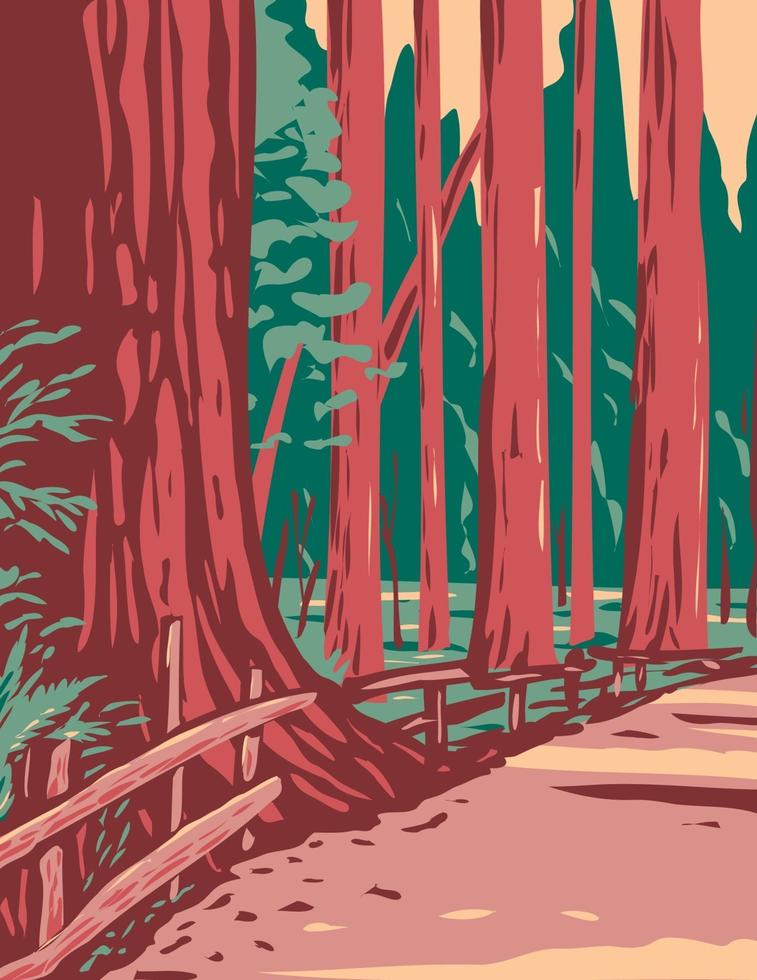
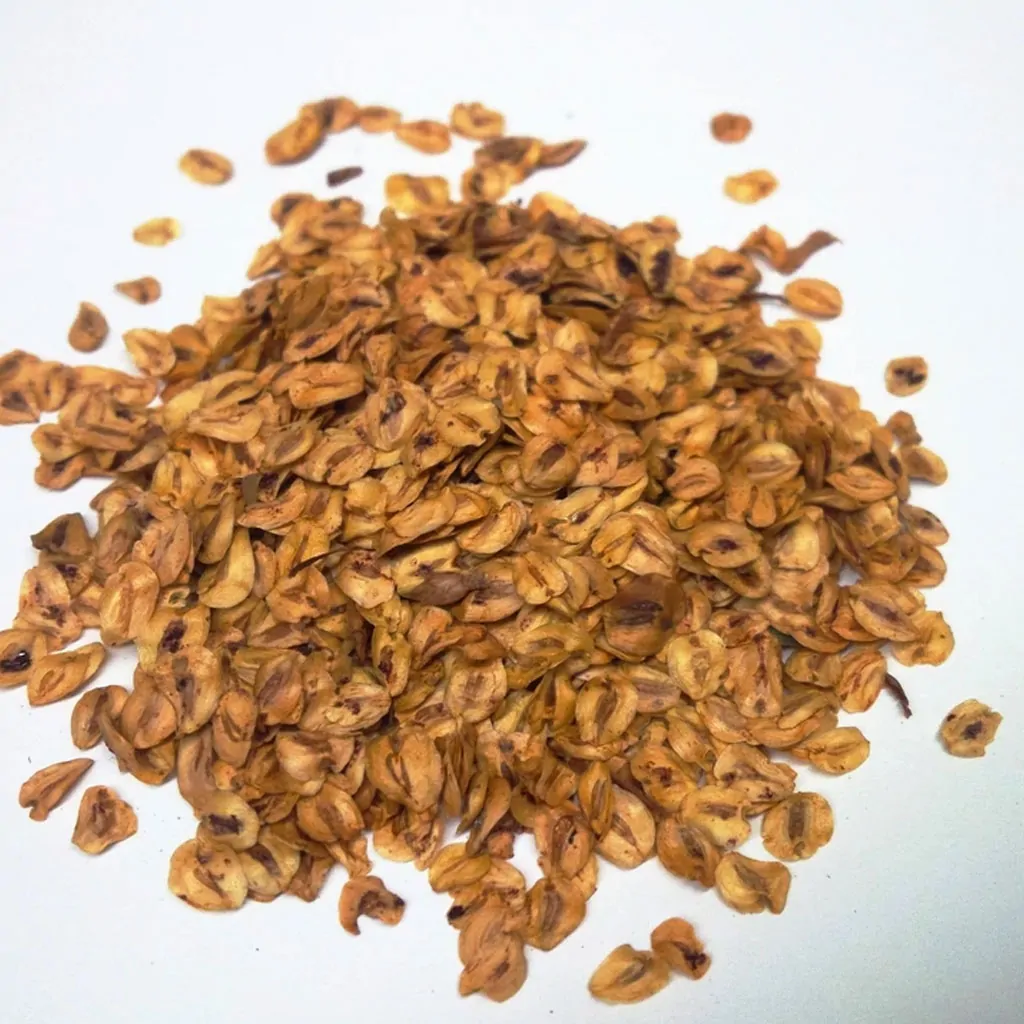
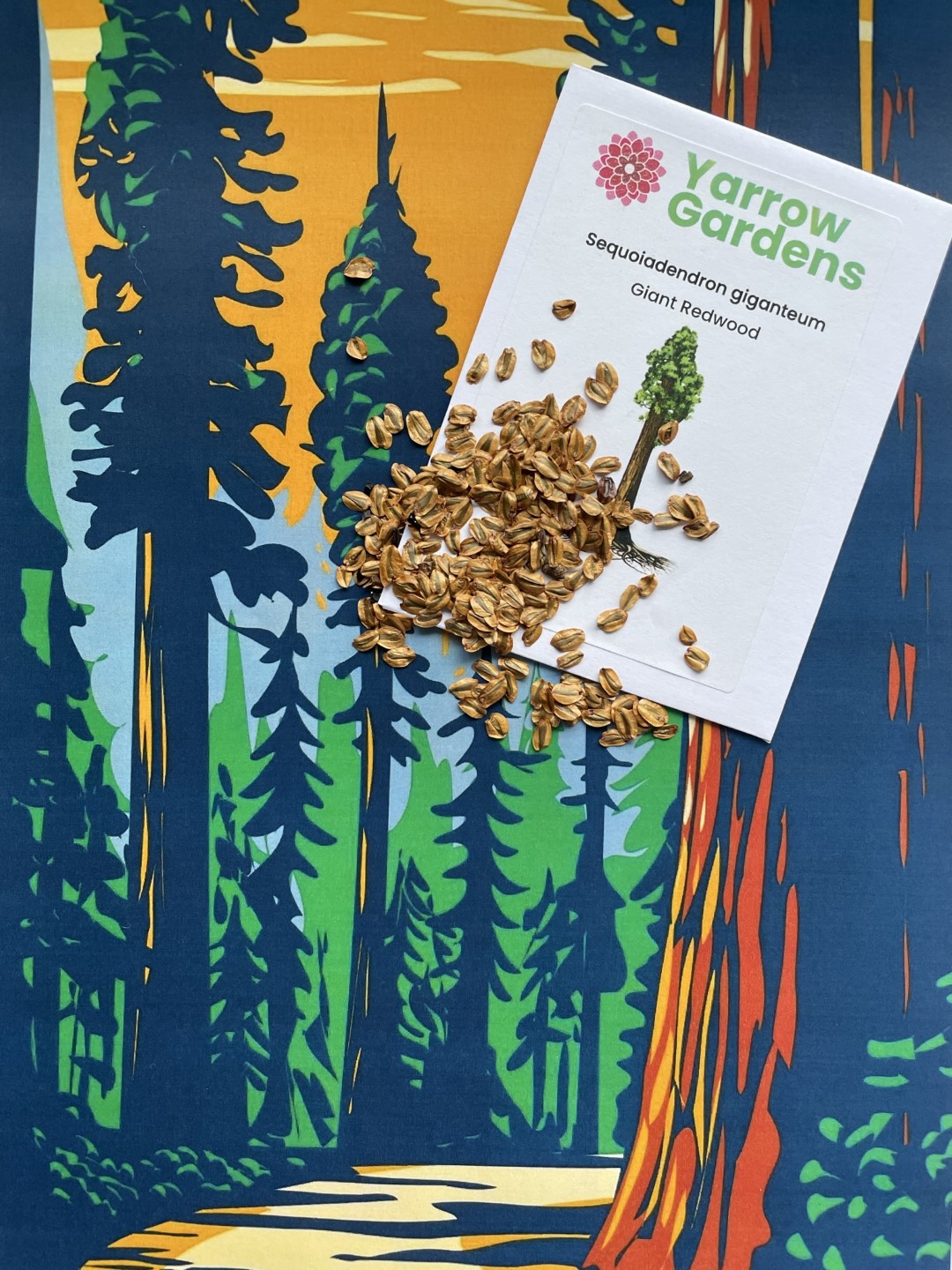
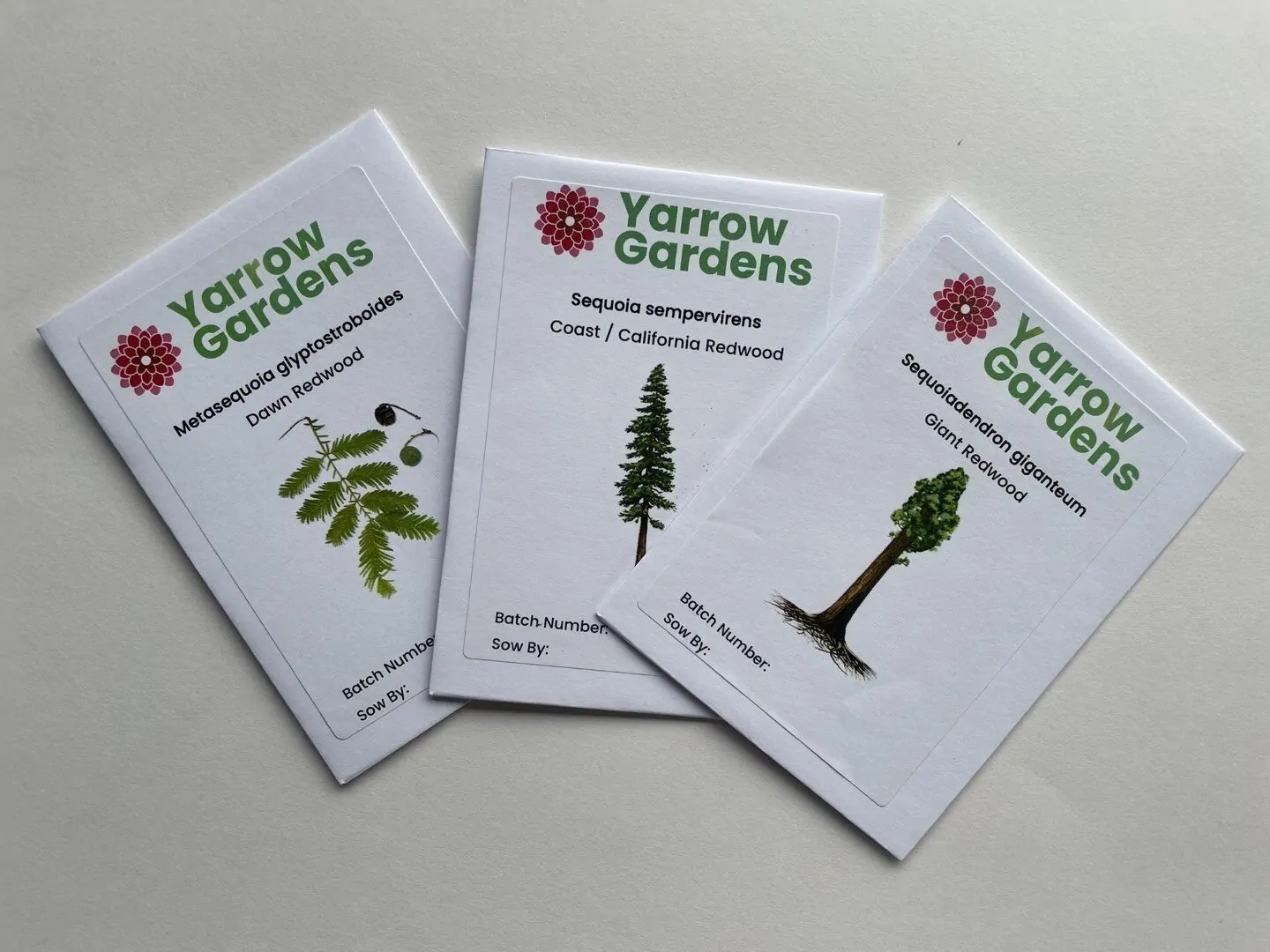

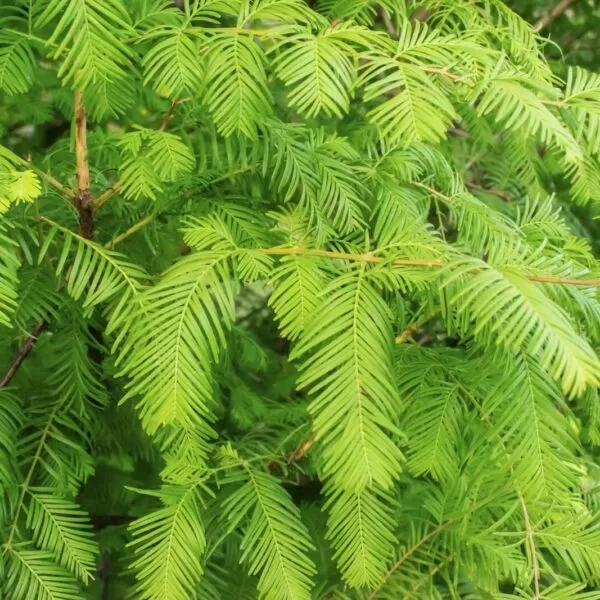


There are no reviews yet.